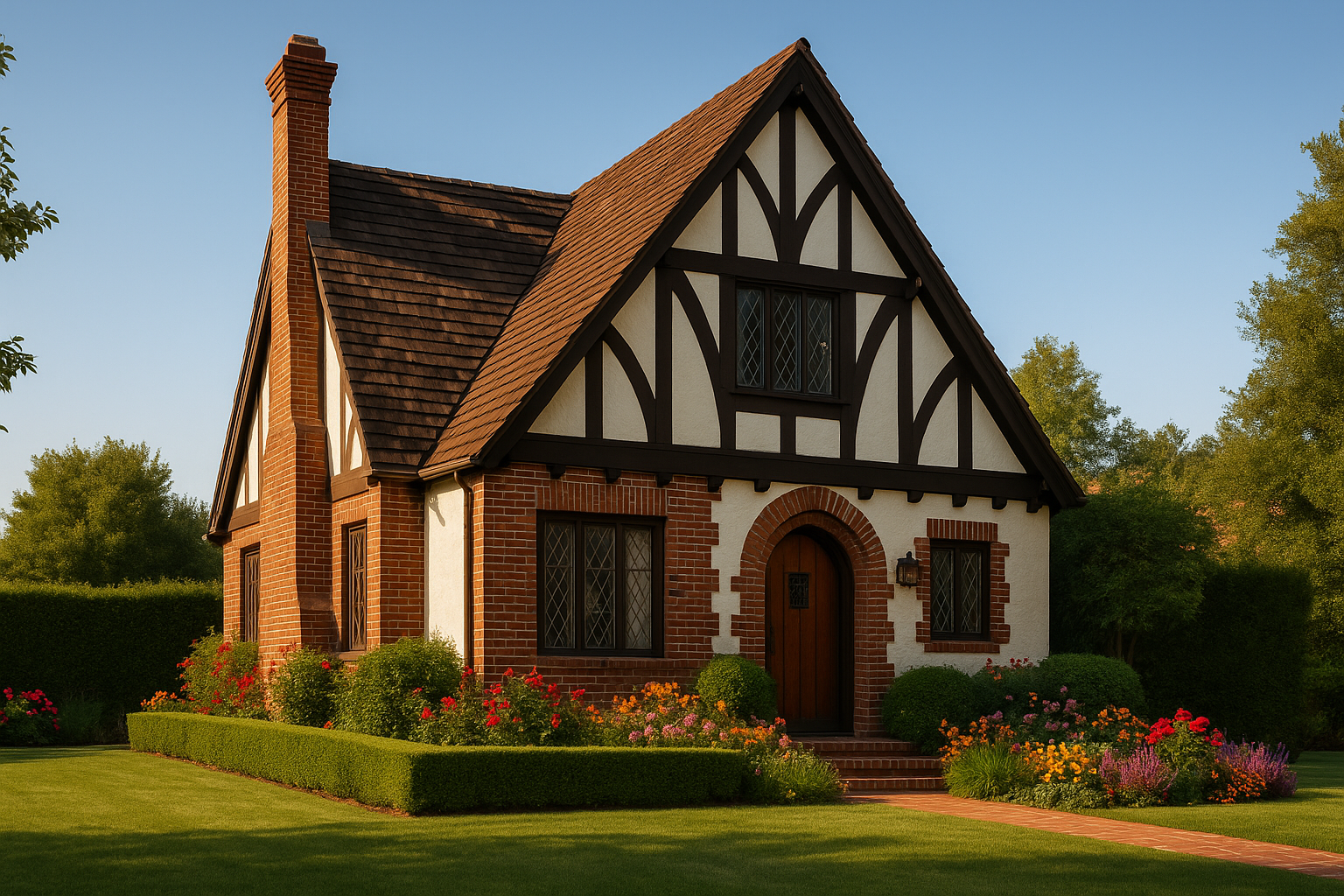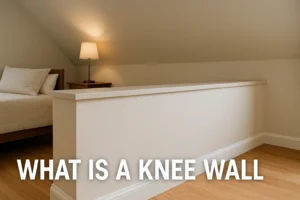Tudor homes stand out in any neighborhood. Their steep roofs, bold trim, and brickwork give them a rich, classic look. These homes do more than catch your eye. They hold stories, smart design, and a charm that newer styles do not show.
This style came from England. In the early 1900s, builders in the United States copied the look. They liked the mix of brick walls, tall windows, and dark wood beams. The design looked old but still worked well for families of that time. Over the years, the Tudor home became a sign of strength and style.
You can still see these homes in many U.S. towns. Some sit in old suburbs. Others line historic streets. Owners often keep the style alive. They match the brick, paint the wood trim, and fix the roof with care. Some update the inside but leave the outside as it was.
When you pass a Tudor house, it may stop you in your tracks. The look feels strong. The lines feel sharp. The story feels real. Let’s take a closer look at what makes these homes so unique.
Strong and Bold Exterior
The outside of a Tudor home makes a clear statement. The roof stands tall and sharp. Many have dark slate or thick shingles. Big chimneys stretch high. Some bend slightly or have stacked bricks.
The upper floors often show wood beams in patterns. Between the beams, you see light stucco or brick. The lower floor usually has full stone or brick walls. This mix gives a strong feel and deep contrast.
Windows often come in threes. Some have arches. Some stretch out in a bay. Most use small panes or leaded glass. They sit deep in the wall. The window frames and shapes feel full of care.
The front door often sits to one side. It may have a round top or thick frame. Heavy wood and metal handles give it weight. Many sit under a small stone arch. The entry feels like a key part of the home’s story.
Asymmetry and Design Flair
Tudor homes do not aim for balance. Unlike homes with the same look on both sides, these tilt, bend, and twist. A bay window might sit left of the door. A chimney might lean or shift.
This uneven shape adds charm. It tells the eye to move. You may spot a new shape or detail each time you pass. This makes the house feel alive and full of character.
Rooflines rise and fall. Gables point in many ways. Dormers peek out. One part may reach up high. Another might stretch out wide. These shifts add depth and life.
This works on both large and small homes. Even small Tudors look grand. Their angles, trim, and layout make them feel bold without size.
Warm and Inviting Interiors
Inside, Tudor homes keep their charm. You might see exposed beams across the ceiling. Doorways and windows often have thick trim. Fireplaces sit wide with stone or brick surrounds.
The rooms feel separate. These homes came before open floor plans. Each space had a clear job. The kitchen, dining room, and living room stayed apart. This gave each room its own feel.
Floors often use dark wood or stone. Some rooms show tile with deep tones. Walls may have old plaster or wood panels. These touches add weight and warmth.
Some owners open the layout to let in more light. Still, many keep the charm. They reuse old wood. They match old tiles. They respect the home’s past.
History Behind the Style
Tudor homes trace back to England. The style took its name from the Tudor period, which ran from the late 1400s to early 1600s. Builders then liked wood beams and sharp roofs.
In the U.S., the style took hold in the early 1900s. This was part of a “revival” wave. Architects looked back in time to bring classic beauty to new homes.
Between 1920 and 1940, Tudor homes grew in number. Builders brought them to suburbs and new cities. Families loved the strength and warmth they gave.
Home building slowed during World War II. After that, buyers wanted faster, cheaper homes. Ranch and split-level homes took over. Tudor homes stayed in place. They stood as signs of quality and pride.
Modern Takes on Tudor Style
Today, you can still find new homes with Tudor traits. Some use steep roofs or wood trim. Others copy the beams but use cheaper materials. A few mix Tudor with modern looks.
Older Tudors may have new kitchens or baths. Some add solar panels. Others use smart home tools. But the outside often stays the same.
Many owners fix bricks, paint trim, and keep the roof true. They balance comfort with care. This blend keeps the soul of the home alive.
In historic areas, rules protect the style. People must follow limits when they fix or paint. This keeps streets looking neat and helps raise home values.
Why People Still Love Tudor Homes
Tudor homes feel strong. They feel warm. The shape, the beams, the roof-each part shows thought. These homes do not blend in. They stand proud.
Buyers want more than plain walls. They want charm. A Tudor offers charm in every beam, brick, and arch. Each one tells a story.
These homes also hold value. They sit in calm areas with trees and parks. Their look keeps the neighborhood full of life and style.
In a world of fast builds and simple boxes, Tudor homes bring back art. They remind us that homes can feel proud and lasting.
Conclusion
Tudor homes offer more than space. They offer story, craft, and care. They stand as bold parts of American streets.
The beams, the rooflines, and the deep windows show style with purpose. They give beauty and strength. They link the past with the present.
Many still choose these homes for their soul. They do not follow trends. They lead with grace. A Tudor home makes a mark. It draws the eye. It holds the heart.
If you find one or live in one, take a close look. See the skill in the frame. Feel the warmth in each room. This style will always speak-one roof, one beam, one brick at a time.
Some Tudor homes sit in high-value areas. Owners must understand local rules and land rights. We cover this in detail in our guide on legal property issues homeowners should know.




